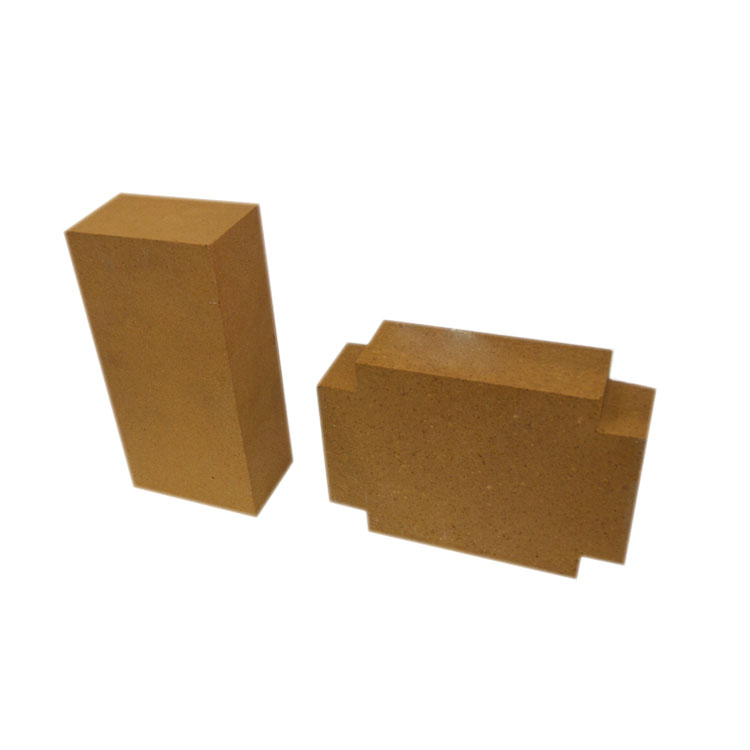
In today’s competitive steel industry, every kilowatt-hour saved translates directly into reduced operational costs and improved sustainability. One often-overlooked area for optimization is the insulation layer of steel ladles—where reducing thickness by 10–18 mm can actually improve thermal efficiency without compromising safety or performance.
Steel ladles operate at temperatures exceeding 1,500°C. Poorly insulated shells result in heat loss up to 15% higher than optimal levels—a significant waste in energy-intensive processes. Studies from Chinese and European steel mills show that even a 5°C reduction in shell temperature leads to a measurable drop in reheat time and fuel consumption per batch.
| Material Type | Thermal Conductivity (W/m·K) | Max Temp (°C) | Cost Efficiency |
|---|---|---|---|
| Traditional Ceramic Fiber | 0.12–0.18 | 1,200 | Medium |
| Sunrise Vermiculite Board | 0.08–0.12 | 1,450 | High |
| Magnesia-Based Insulation | 0.10–0.15 | 1,300 | Low |
Sunrise’s vermiculite-based steel ladle insulation boards offer superior thermal resistance due to their low bulk density (≤250 kg/m³) and micro-porous structure. In real-world trials across three major Chinese steel plants, replacing 120 mm ceramic fiber with just 102 mm Sunrise board maintained shell temperatures within ±3°C of baseline—while reducing weight by 18% and installation time by 25%.
Proper adhesion using high-temp cement (≥1,000°C bond strength), precise edge sealing, and consistent pressure during curing are critical. A case study from a UAE-based mill revealed that improper joint sealing caused localized hot spots—leading to premature liner failure. Our field engineers now recommend a two-step application process: first, dry-fit panels for alignment; second, apply adhesive in 30-minute intervals to avoid cold joints.

Use infrared thermography before and after installation to map surface temperature gradients. Track hourly heat loss via digital pyrometers installed on ladle shells. Monitor refractory wear over 6-month cycles—optimized insulation typically extends lining life by 12–18%. These metrics help justify ROI to plant managers who prioritize long-term operational continuity over short-term cost savings.
Whether you’re optimizing existing ladles or designing new ones, the choice of insulation material has a direct impact on both energy use and production uptime. The data doesn’t lie—it’s time to move beyond legacy materials and embrace smart, thin-layer solutions.
Ready to upgrade your ladle insulation strategy?
Get Your Customized Insulation Solution Today

